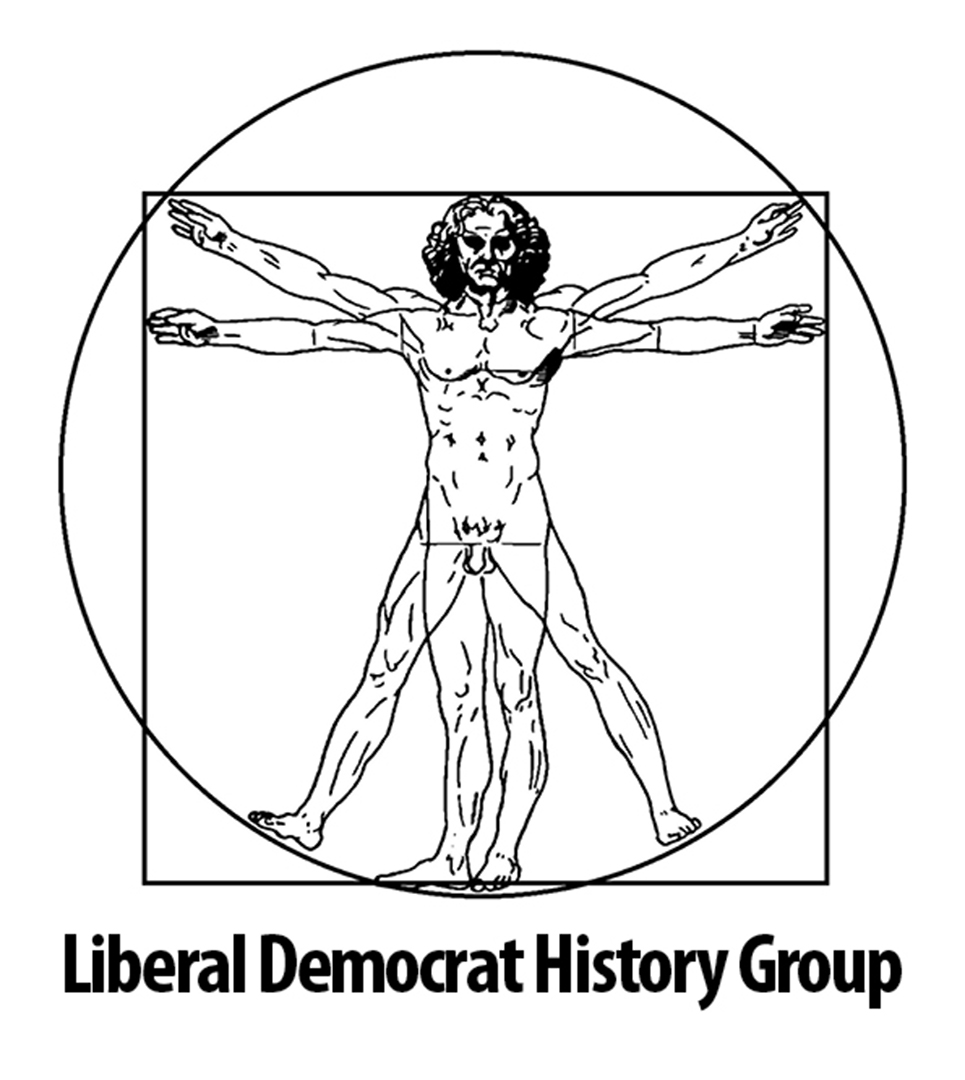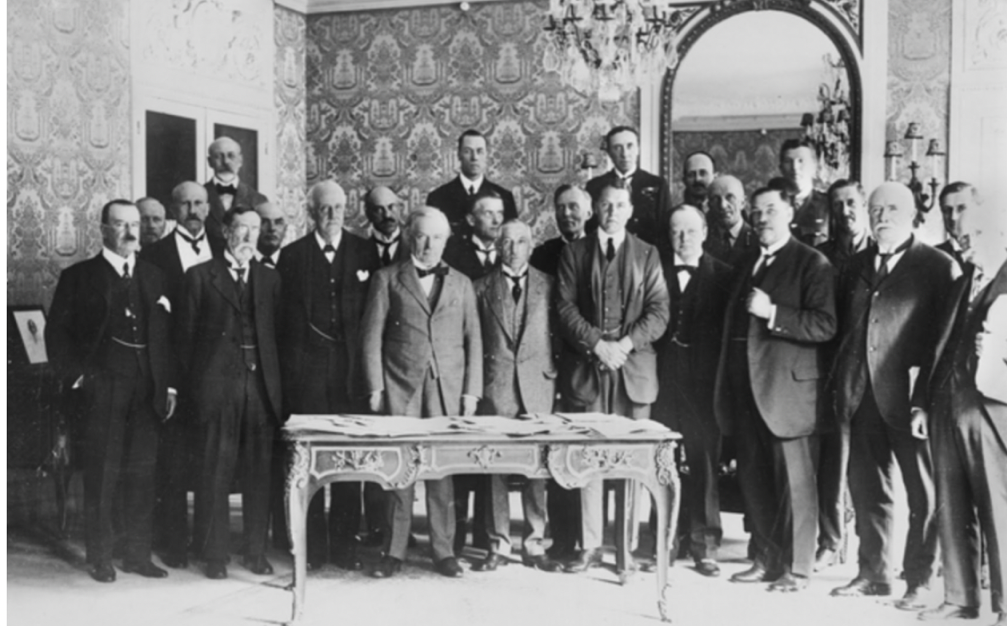Periods
1688-1830
1830-1859
1859-1886
1886-1895
1895-1910
1910-1929
1929-1956
1956-1976
1976-1988
1988-2010
2010-2015
2015-Now
The Glorious Revolution of 1688 saw the Whigs emerge as a parliamentary grouping determined to limit the power of the monarchy. Later in the eighteenth century, Whigs provided the opposition to government authoritarianism during wartime. They also began to embrace a more popular and radical agenda of religious tolerance and parliamentary reform.
A Whig government passed the Great Reform Act of 1832, opening a century of gradual extension of the right to vote. With the growing middle classes and industrial regions now represented in Parliament, free trade steadily became the issue which defined Victorian politics. The repeal of the Corn Laws in 1846 broke up the Conservative Party and eventually led to the combination of Whigs, Radicals and free-trade Peelites in 1859 to form the Liberal Party.
The middle of the nineteenth century saw a Liberal ascendancy, with Liberal governments under Palmerston and Gladstone in power almost continuously. Gladstone in particular dominated politics in this period; free trade became an article of faith, and Liberal governments pursued peace, retrenchment and reform. The franchise was extended again, and discrimination against nonconformists the backbone of Liberal support steadily removed.
Liberals became increasingly concerned with bringing peace to Ireland, where sectarian differences and economic problems were intermingled. Gladstone’s attempt to bring in home rule, however, split the party and ended the long Liberal ascendancy; he finally retired in 1894. Divisions also arose between those who thought government should stick to the traditional Liberal approach of small government and political reform, and those who argued for intervention to help the poorer sections of society.
The Liberal Party took a decade to recover after Gladstone’s resignation, but the 1906 election a Liberal landslide ushered in one of the great reforming governments of the century, responsible for laying the foundations of the welfare state. The crisis round Lloyd George’s Peoples Budget of 1909 allowed the Liberals to curb the power of the House of Lords, thereby dismantling a major barrier to progressive reform.
The Great War brought to an end the great reforming Liberal government, and the strains of war fractured the Liberal Party itself, between factions led by Asquith and Lloyd George. Thus divided, the party was unable to resist the rise of Labour, and found itself forced into third place. A renewed burst of energy under Lloyd George, however, saw the party fight the 1929 election on a radical Keynesian platform, but this was not enough for recovery.
The economic crisis of 1931 caused yet further divisions amongst Liberals, and the partys decline accelerated. Yet even in this period of greatest weakness by 1955 the party had fallen to just five MPs Liberalism continued to generate ideas which dictated the political agenda, through the work of Keynes and Beveridge.
The growing disillusionment of the electorate with both Conservative and Labour parties, and their inability to reverse decades of economic decline, provided Liberalism with renewed hope. Its popular new leader, Jo Grimond, together with spectacular by-election victories, and a new policy agenda, including support for UK entry to Europe, gave the party a new public profile. Although successive electoral revivals in the end petered out, the new concept of community politics was helping to build Liberal support at the grassroots.
Although Jo Grimond had hoped for a realignment of the left, it was David Steel who tried hardest to achieve it, first through the Lib-Lab Pact and then through the Liberal-SDP Alliance, which came close to breaking the mould in the 1983 election. The Alliance was brought down in the end by leadership tensions and the strains of negotiating merger between the two parties.
The Liberal Democrats, formed from the merger of the Liberal Party and the SDP, came into being at a dark time for Liberalism and struggled to survive in its early years. Yet despite competition from a revitalised New Labour, the party achieved real successes in by-elections and local elections and in 1997 saw the highest number of MPs elected since the 1920s – adding to the number even further in 2001 and 2005, particularly on the back of the party’s opposition to the Iraq War. The party’s strength in local government grew significantly, and Liberal Democrat ministers served in coalitions with the Labour Party in the Scottish and Welsh governments after 1999.
The 2010 election left the Liberal Democrats holding the balance of power. They agreed a coalition government with the Conservative Party, and for the first time in 65 years Liberal ministers sat on the government benches in Parliament. The coalition provided stable government until 2015, and enabled the Liberal Democrats to put many of the policies on which they had fought the election into practice. But there were also disappointments, particularly over constitutional reform, and many Liberal Democrat achievements were not visible to the public. The 2015 election at the end of the coalition was a catastrophe, costing the party two-thirds of its vote and four-fifths of its MPs.

